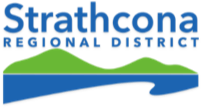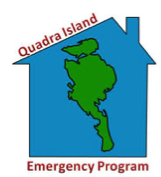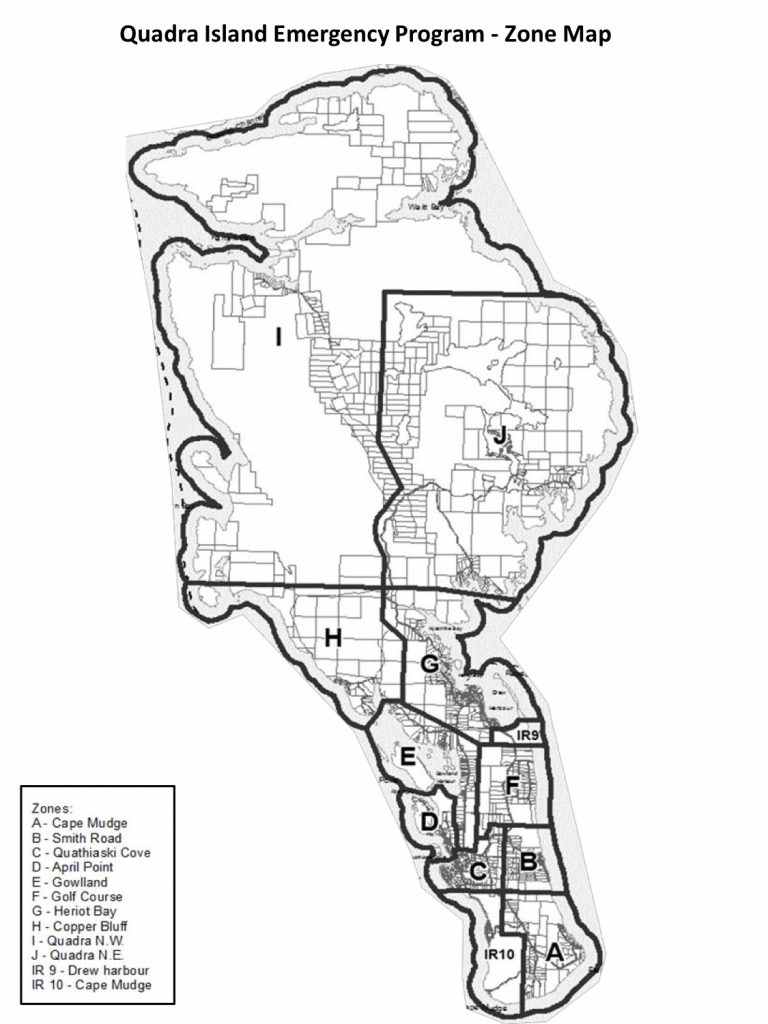Neighbourhood Emergency Preparedness Program


Household Emergency Preparedness
Neighbourhood Emergency Preparedness Program
Know the Hazards in our Community
QIEP Volunteer Portal
If an emergency happens in your neighbourhood, it may take emergency workers some time to reach you. You should be prepared to take care of yourself and your family and support your neighbours for a minimum of 72 hours.
The Quadra Island Neighbourhood Emergency Preparedness Program (NEPP) grew out of the Emergency Support Services (ESS). In 2011, when the ESS and Reception Centre (RC) programs were getting underway, Quadra Island was divided into 11 Evacuation Zones. Individuals in these zones were contacted and invited to begin developing their neighbourhood resources. Over the years, those 11 initial Evacuation Zones have subdivided into 48 Quadra Island residential neighbourhoods. (See Map Below)
Quadra NEPP does not operate independently but operates as part of the larger Emergency Response Team. The Quadra Island Emergency Program (QIEP) authorizes the actions of the NEPP Team and provides guidelines of behaviour as described in the Volunteer Code of Conduct that each participating NEPP Team Member reviews and signs. The NEPP Coordinator is part of the QIEP Leadership Team. These relationships make NEPP an integral part of the QIEP who also provides T-shirts and business cards with the QIEP logo to help identify members.
- NEPP’s primary FUNCTION is PREPAREDNESS. We are not 1st Responders, but citizens who agree to work together as neighbours to collectively increase our preparedness and resilience to disasters. Our ability to lessen the impact of any disaster is based upon our own preparedness and that of our neighbours.
- NEPP’s focus is to know the neighbourhood, to know the potential local hazards, and to know the residents that might need additional assistance in the event of a disaster. It is the more vulnerable neighbourhood residents that NEPP aims to hold as a priority as they often require additional support during a disaster.
Establishing a NEPP TEAM
- Any Quadra resident can express interest in establishing a NEPP Team in their neighbourhood. Typically, volunteers come forward when the NEPP is visible: volunteer fairs, Farmers’ Market displays, personal invitation, appeals in local newspapers.
- Once a potential volunteer is identified, the NEPP Coordinator arranges for an Orientation Session where the program is described and the individual determines his/her readiness.
- The volunteer is encouraged to locate at least one other person to join them in the creation of a NEPP Team. It is very helpful for neighbourhoods to have more than one person familiar with the NEPP program.
- The NEPP Coordinator ensures that the new NEPP Team has the materials to pass along to their neighbours and has the new NEPP volunteer(s) read, affirm, and sign the Volunteer Code of Conduct.
- The size of the neighbourhood to be served is discussed and it is typically 30-50 residents in a contiguous area. These boundaries can be changed as the volunteers work with their neighbours. Some neighbourhoods are geographically defined while others may be a portion of a geographical neighbourhood.
NEPP Fundamentals
- Neighbourhood Emergency Preparedness
- Distribute Emergency Preparation information to residents.
- Encourage residents to prepare a “Grab-n-Go” bag; have 14 days of food and water for people and animals.
- Encourage registration with ALERTABLE, via free APP or SRD website http://strathconard.alertable.com
- Create a list of neighbours in their area.
- Note household membership, especially potentially vulnerable residents (elderly, mobility impaired, kids who may be home alone, any who may need additional help in a disaster.
- Note those who are seasonal residents, those with rents properties, long term absences. Helpful to know who is in the neighbourhood.
- Neighbours are also invited to share information about skills and equipment that could be helpful in a disaster. All of this resident information remains in the neighbourhood.
- Identify and publicize an Assembly Point in the neighbourhood.
- Identify potential hazards in the neighbourhood.
- Identify and meet the closest Ham Radio Operator(s).
- Identify primary and alternate evacuation routes from the area.
- Identify 3-5 residents to help in a disaster (Neighbourhood Response Teams)
- Develop a Neighbourhood Disaster Response Plan
- Neighbourhood Communication Link
- Develop a phone tree and/or group email list for rapid dissemination of information to residents.
- Pass along the occasional emergency information provided by the QIEP DOC
- In a disaster, to provide neighbourhood information to the Quadra Island Emergency Program, via telephone, Internet, or Ham radio.
- Neighbourhood Disaster Response: Wildfire Evacuation
- Residents registered with ALERTABLE will receive an alert.
- Use phone tree / group email to alert neighbours; Invite neighbours to check on their immediate neighbours to pass along the alert.
- If immediate, local fire suppression is possible, alert neighbours and activate initial fire response.
- Follow instructions from First Responders (Fire, Police)
- Get Grab-n-Go Bag and
- Get self, family and pets OUT to evacuation assembly point.
- Neighbourhood Disaster Response: Earthquake
- In the event of an earthquake, all residents should:
- DROP, COVER, and HOLD.
- Dress appropriately: sturdy shoes, leather gloves, other protective gear if available. Major risks: broken glass and falling objects.
- Check personal and family well being.
- Check home safety: watch for fires, broken glass, fallen objects, structural damage, chimney, wood stove.
- Turn off propane and water line into the house.
- Post HELP/OK sign in visible location.
- Check outside property.
- Call 911. Be prepared for no one to answer your distress call.
- Go to Assembly Point with NEPP Response Kit
- Convene Disaster Response Team and implement Disaster Response Plan
- Check on neighbours; teams of 2-3 people. (Search & Rescue)
- Extinguish fires. (Utilities & Fire Suppression)
- Assist those with injuries or needing shelter. (First Aid ) (Shelter & Care)
- Check structures, propane tanks, neighbourhood hazards (downed power lines). (Rapid Damage Assessment)
- Report neighbourhood condition to QIEM by phone, email, or Ham radio. Assign neighbours to monitor public radio stations for information.(Communication)
- Continue working with residents of your neighbourhood to address priority needs and ensure people are kept safe until help arrives (possibly in days or even weeks).

Click here to return to Home Page!